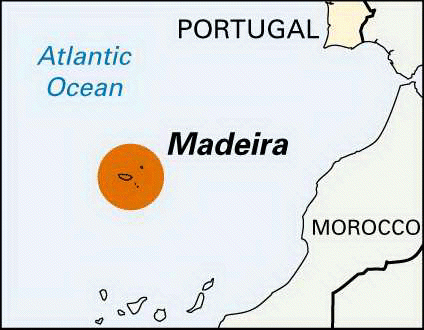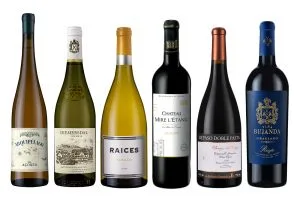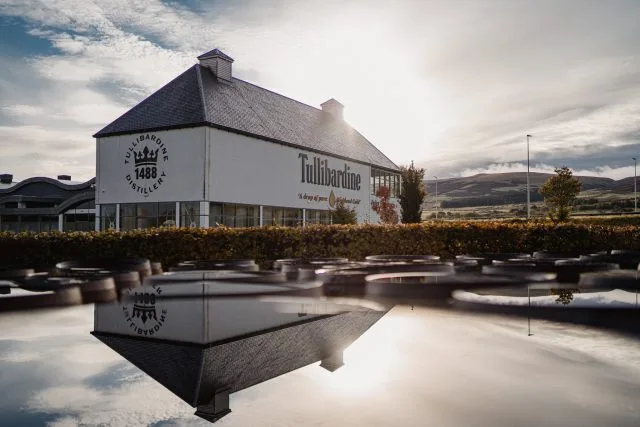In the world of wines, there exists a unique jewel named Madeira, an intriguing creation that bears the name of both an island and a libation. It’s a place wrapped in the rich history of Portugal, yet hugging the shores of Morocco, adding a touch of mystery to its identity.
Madeira is 320 miles west of Morocco, 205 miles north of the Canary Islands and 500 miles from Lisbon, Portugal. Though geologically rooted in the African Tectonic Plate, its population predominantly reflects Portuguese ancestry, connecting Madeira to its European heritage.
Photo Credit: Brittanica
Intriguing Madeira
This fortified wine, synonymous with the island’s name, holds a secret within its production process. Unlike traditional winemaking standards, Madeira halts fermentation with a potent 96% alcohol and uses the processes of heat and oxidation.
The story of Madeira’s unconventional journey began in the 1600s and 1700s when the island served as a crucial stopover on maritime voyages. To withstand the rigors of sea travel, Madeira’s wine was fortified, enduring extreme conditions of heating, cooling, and exposure to oxygen. Surprisingly, the wine not only survived but offered an enhanced flavor profile upon reaching its destination.
Fast forward to today, when the process is replicated. Grapes are harvested and fermented in stainless steel tanks, a familiar sight in the wine industry. Fermentation halts abruptly with the introduction of the neutral grape spirit, bringing the alcohol content to a robust 17.5% to 21%.
The aging process, however, is where Madeira truly sets itself apart. First, there’s oxidative
This Article was originally published on Grape Experiences






